After the successful D-Day landings, the Allies needed to secure their presence in France.
As the advance moved slowly inland, Allied troops took to the hedgerows of the Normandy region in Operation Cobra.
Bocage
Moving away from the beaches, Normandy is covered with bocage — lines of trees and vegetation on top of earth walls surrounding open fields with low roads winding through. This terrain is great to prevent fertile soil from eroding.
On the other hand, it made the Allied advance hell. German defenders took up positions in the shrubbery and dug into the embankments.
This made Normandy inaccessible to armor, protected from artillery, and difficult to assault with infantry across open pasture.
Tanks with Teeth
To combat this problem, Americans fitted their vehicles with steel teeth created using disassembled German tank obstacles. These teeth would pierce through the walls and vegetation.
Vehicles with these teeth became known as rhino tanks.
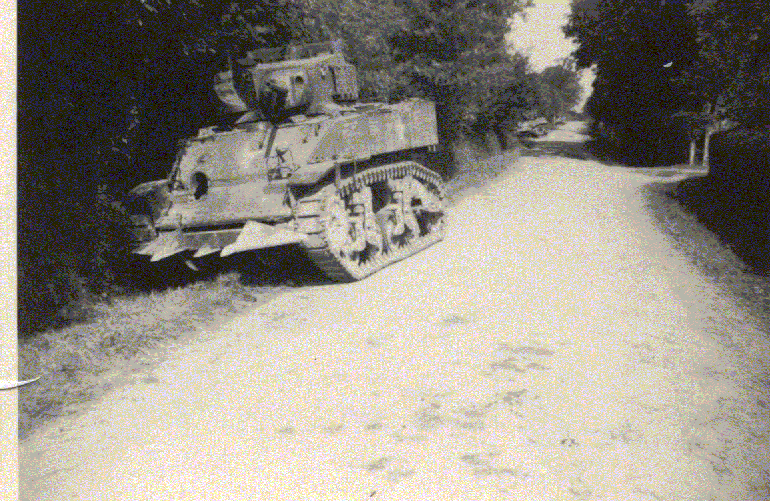
Over 60% of the M4 Shermans, M5 Stuarts, and M10 tank destroyers involved in Operation Cobra were fitted with these ingenious devices.
The German tanks were limited to using the narrow roads that crisscrossed the bocage country. Meanwhile, the American armored divisions cut through the hedgerows and rendered the German defense plans ineffective.

Operation Cobra
Operation Cobra kicked off with a massive air campaign. Three thousand American aircraft, including almost 2,000 heavy bombers saturated a narrow front with carpet bombing.
While the bombers hammered the German positions, some Americans fell victim to friendly fire. One hundred eleven Americans were killed before the ground battle even began.
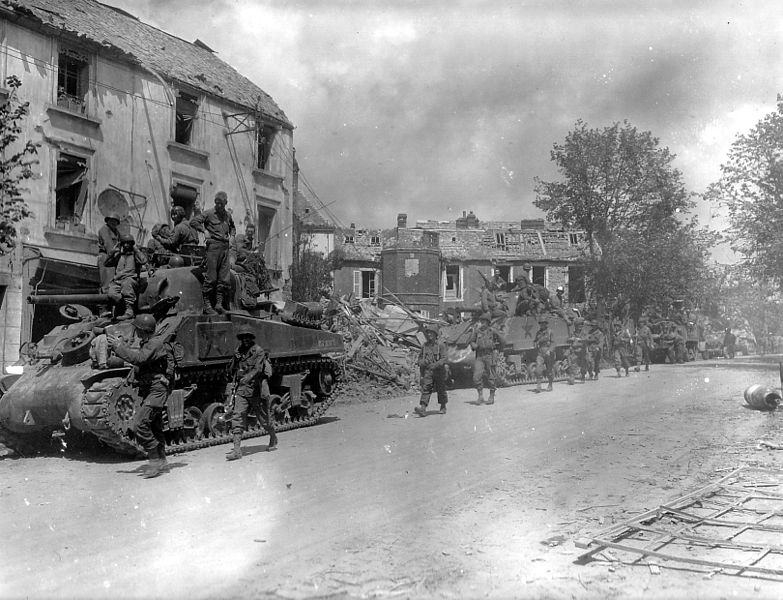
When the initial airstrikes were complete, the infantry and armor assault began. Eight infantry divisions and three armored divisions moved into German-held territory.
There they faced a surprising level of resistance.
Although the pre-assault bombing had scattered some of the Nazi defenders, several units were able to regroup. German 88mm anti-aircraft guns repurposed as anti-tank guns proved especially deadly.
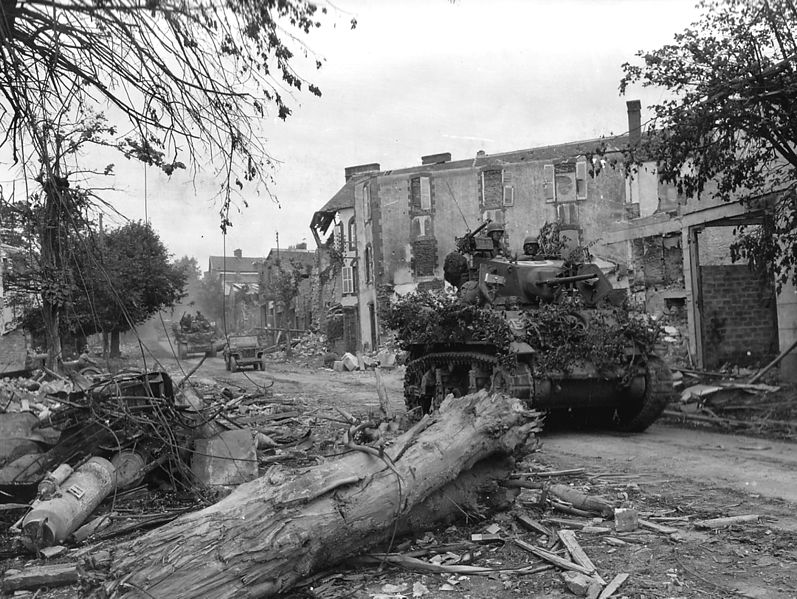
Within two days, the German defense completely collapsed.
The majority of the Germans in the region were concentrated on defending the city of Caen from British-Canadian forces. This left the units in the bocage country unsupported.
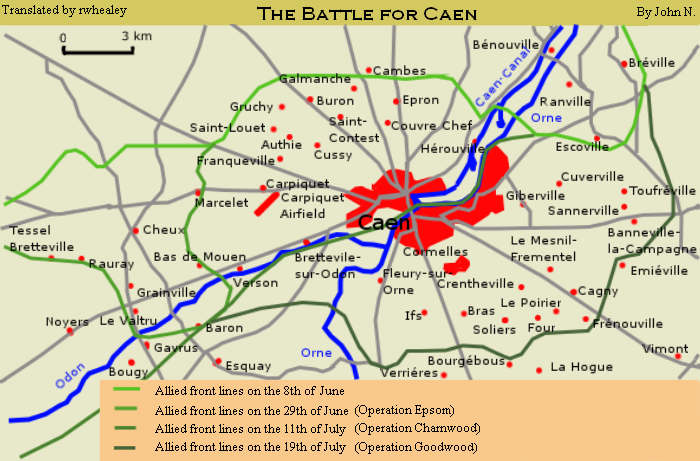
The fragmented German units launched desperate counteroffensives against the Americans. However, overwhelming air superiority and the speed of the ground war overwhelmed them.
The Panzer Lehr Division was completely annihilated and all other units were sent into retreat. Total German losses included over 300 tanks, 2,500 other vehicles, and 10,000 men captured.
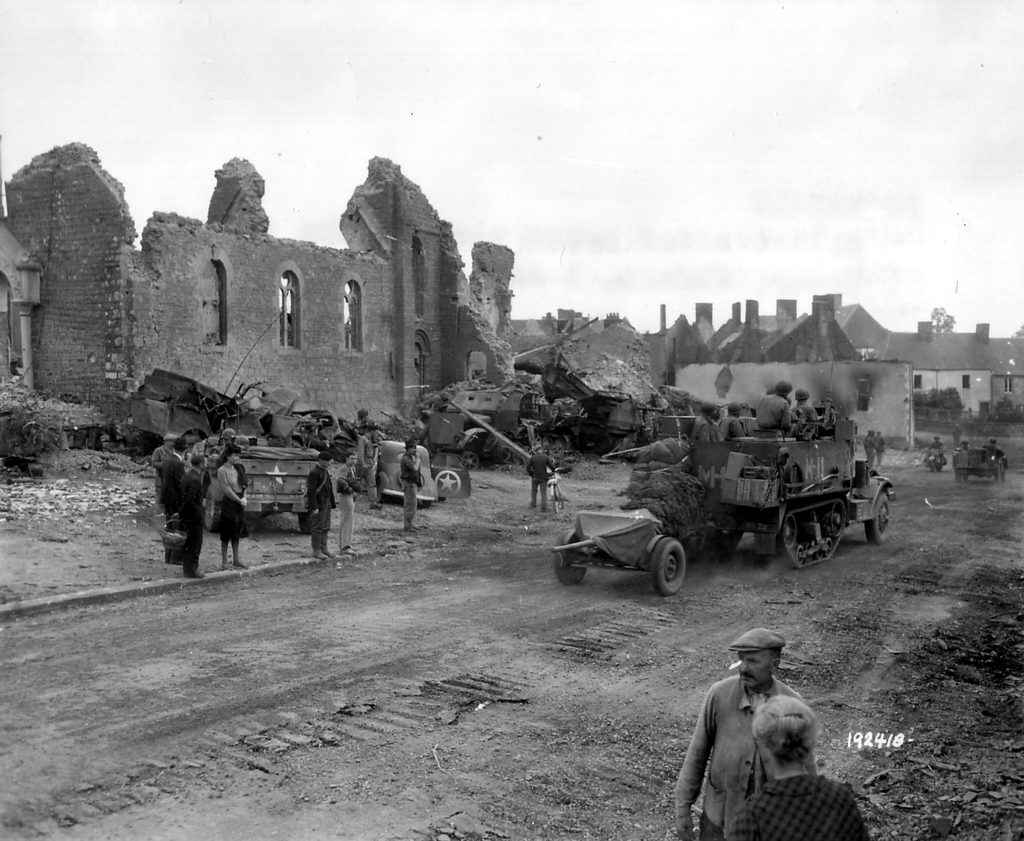
Operation Cobra was an overwhelming success.
Together with the synchronized British attacks against Caen, the German war machine in Northern France was in complete disarray. The Allied advance seemed unstoppable.
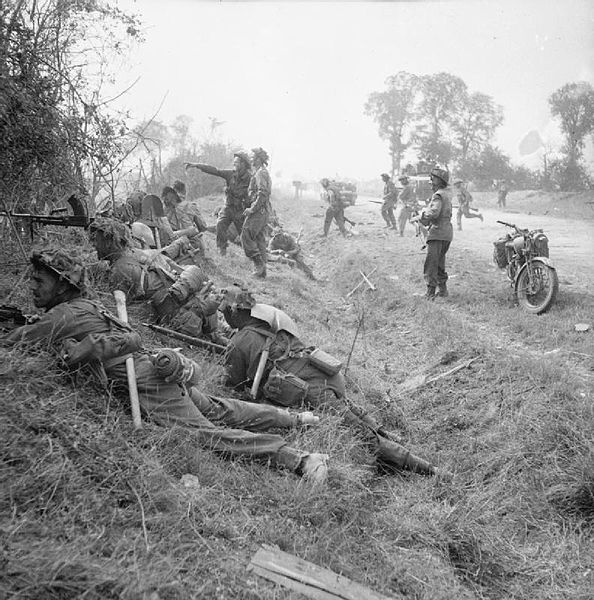
Rather than having his forces withdraw and reorganize for defense as the generals called for, Hitler personally called for a counterattack.
It failed miserably and it seemed that the war on the Western Front had been decided.
This is a new style of article for Pew Pew Tactical, if you liked it — let us know in the comments! If you didn’t enjoy it…well phooey. To catch up on previous Pictures from History, click on over to our History Category.


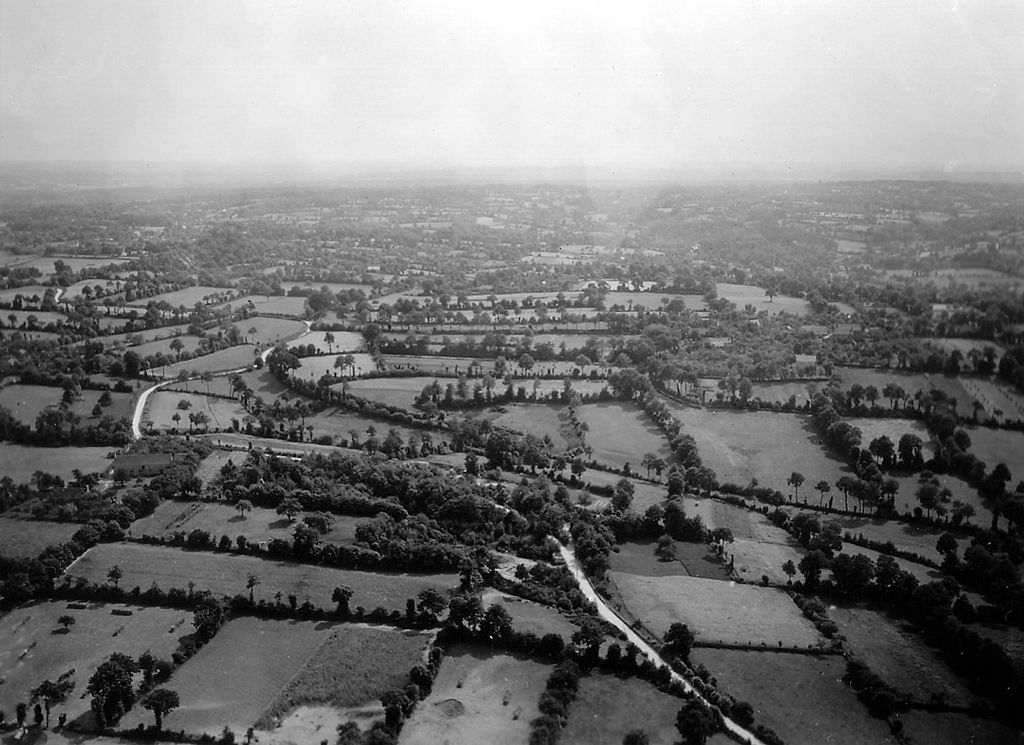




7 Leave a Reply
Great article. Short and informative. Keep them coming!
Enjoy the history that many of us have heard over the years and need to ensure the next generations learn, but also appreciate the lesser known bits such as the rhino tanks that make it a good read for even us students of history.
Great article, especially since you made it a photo article. Military history is a perfect fit for gun lovers since so many of us are vets and many others love military history. Please do more.
Glad you enjoyed! Thanks for reading!
I love this content. I'll read every WW2 item you post!
Same here.
Great read!